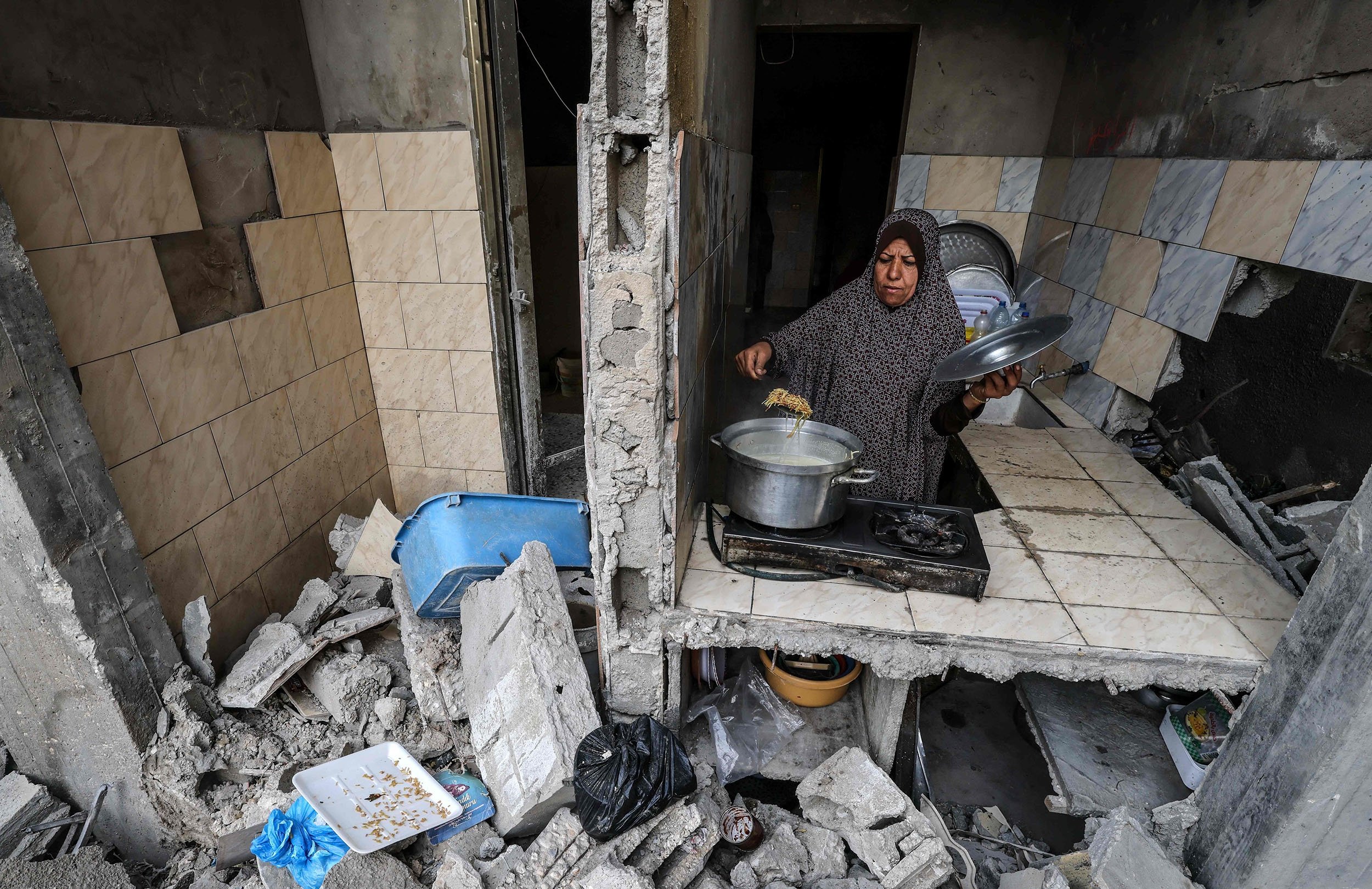The United Nations emphasized in a statement that Israel’s forced evacuation orders have restricted Palestinian access to less than a third of the Gaza Strip, turning the remaining area into a fragmented, unsafe, and barely habitable zone.
Amid this report, Israeli airstrikes continued, targeting an area called Al-Mawasi in Khan Younis, previously designated by Israel as a “safe zone.” The attack killed a five-member family, including Ibrahim Abu Taima, his pregnant wife Hanadi, and their three children.
Rami Abu Taima, a relative, described Ibrahim as a “peaceful and beloved person,” adding, “He was an ordinary citizen who always helped others. His death was devastating.” Ibrahim’s mother, weeping over the loss of her son and grandchildren, said, “May God make it easy for them… God is sufficient for us.” Al-Mawasi is one of several areas Israel labeled as safe but has repeatedly bombed.
The Palestinian human rights organization Al-Haq, in a recent report titled “How to Conceal a Genocide,” highlighted Israel’s use of evacuation orders and so-called “safe zones” in its military campaign, stating: “Israel drives people south with evacuation orders, then bombs those same areas.” The report stresses that attacks on evacuation routes and “safe zones” are part of a broader military policy targeting civilians.
Meanwhile, Jamal Al-Taweel, a displaced Gazan, recounted a horrific nighttime attack on refugee tents: “I woke at midnight to explosions and flames. We fled in panic as fire consumed everything.” The Palestinian Health Ministry reported at least 78 Palestinians killed in Israeli strikes in the past 24 hours alone.
As the crisis deepens, a critical question arises: If even designated “safe zones” are attacked, where can Gaza’s civilians seek refuge? The international community has yet to respond decisively, even as casualties and displacement numbers rise daily.
Middle East Eye


